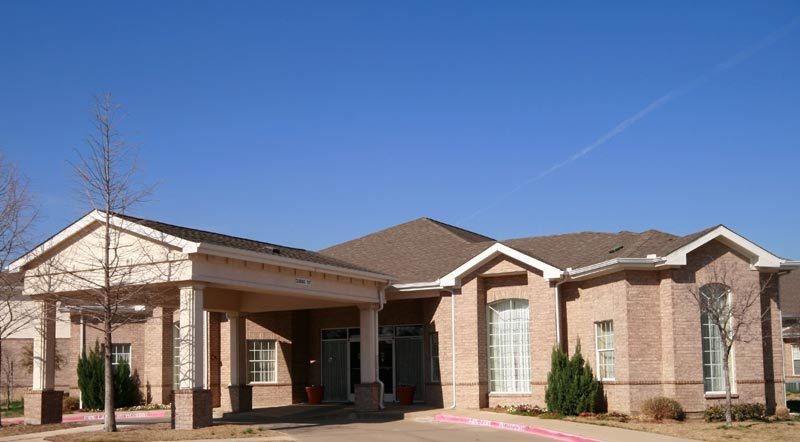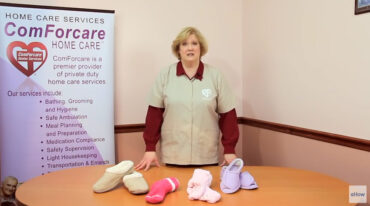The types of services provided by long-term care facilities vary by type of facility. All facilities provide housing and related housekeeping services. Some also provide help with managing medications, assistance with personal care, supervision, special programs for people with Alzheimer’s Disease, or 24-hour nursing care. Typically, your state in which the facility is located often will regulate which services are offered. For example, some states do not allow some types of facilities to include residents who are wheelchair bound or who cannot exit the facility on their own if there is an emergency.
Facility-based service providers include the following:
Adult foster care
Adult foster care programs match people who cannot live safely on their own with a foster family that provides room and board 24 hours a day and helps with personal care activities like bathing, eating, and medication. Foster families may take one person or a small group of adults. Licensure requirements and the terminology used for this type of facility vary greatly from state to state.
Board and care homes
There are two main types of board and care homes: residential care facilities and group homes. Residential care facilities usually have 20 or fewer residents. Most group homes have 6 or fewer residents. Both types of facilities provide meals, personal care, and a 24-hour staff. Nursing and medical services are usually not provided. Rooms may be private or shared. State licensing requirements and the names for these types of facilities vary greatly.
Assisted living
Like board and care homes, assisted living is designed for people who want to live in a community setting but need help with personal care, other daily activities, or supervision, but who do not need as much care as provided by a nursing home. In general, assisted living facilities are larger than board and care homes. As a resident you would often live in your own apartment or room. You would receive services such as meals, assistance with personal care, help with medications, housekeeping, and laundry, 24-hour security, onsite staff for emergencies, and social programs.
The cost of assisted living depends on the kinds of services you need and the types of amenities the facility provides. Regulations for assisted living facilities vary greatly among states.
Continuing care retirement communities (CCRCs)
Continuing care retirement communities offer several levels of care in one location. They offer a mix of independent housing (for people who need little or no care), assisted living, and nursing facilities for those who need more care and supervision. If you live in the independent housing unit of a CCRC and become unable to live independently, you can either receive help there or move to the assisted living area. If necessary, you can enter the onsite or affiliated nursing home. The fee arrangements for CCRCs vary and include both a monthly fee and an entrance fee.
Nursing homes
Nursing homes, also called skilled nursing facilities (SNF), provide a range of services, including nursing care, 24-hour supervision, and assistance with Activities of Daily Living. They also offer rehabilitation services such as physical, occupational, and speech therapy. You may only need nursing home services for a short period of time for recovery or rehabilitation after a serious illness or operation. Or you may need longer stays because of chronic physical health problems or cognitive problems (e.g., memory loss) that make it necessary for you to have 24-hour care or supervision.
More Information:
From the U.S. Department of Health and Human Services National Clearinghouse for Long-Term Care Information website.
Related items
What is Causing Resistance To Outside Help With Eldercare?
FIRST IN A SERIES: EASY ANSWERS TO TOUGH QUESTIONS ABOUT ELDERCARE
Each person is unique i
Home Care Costs and Retirement
Health care costs are rising across the board, but nursing home bills are without a doubt






